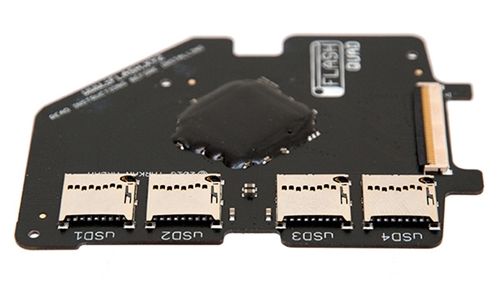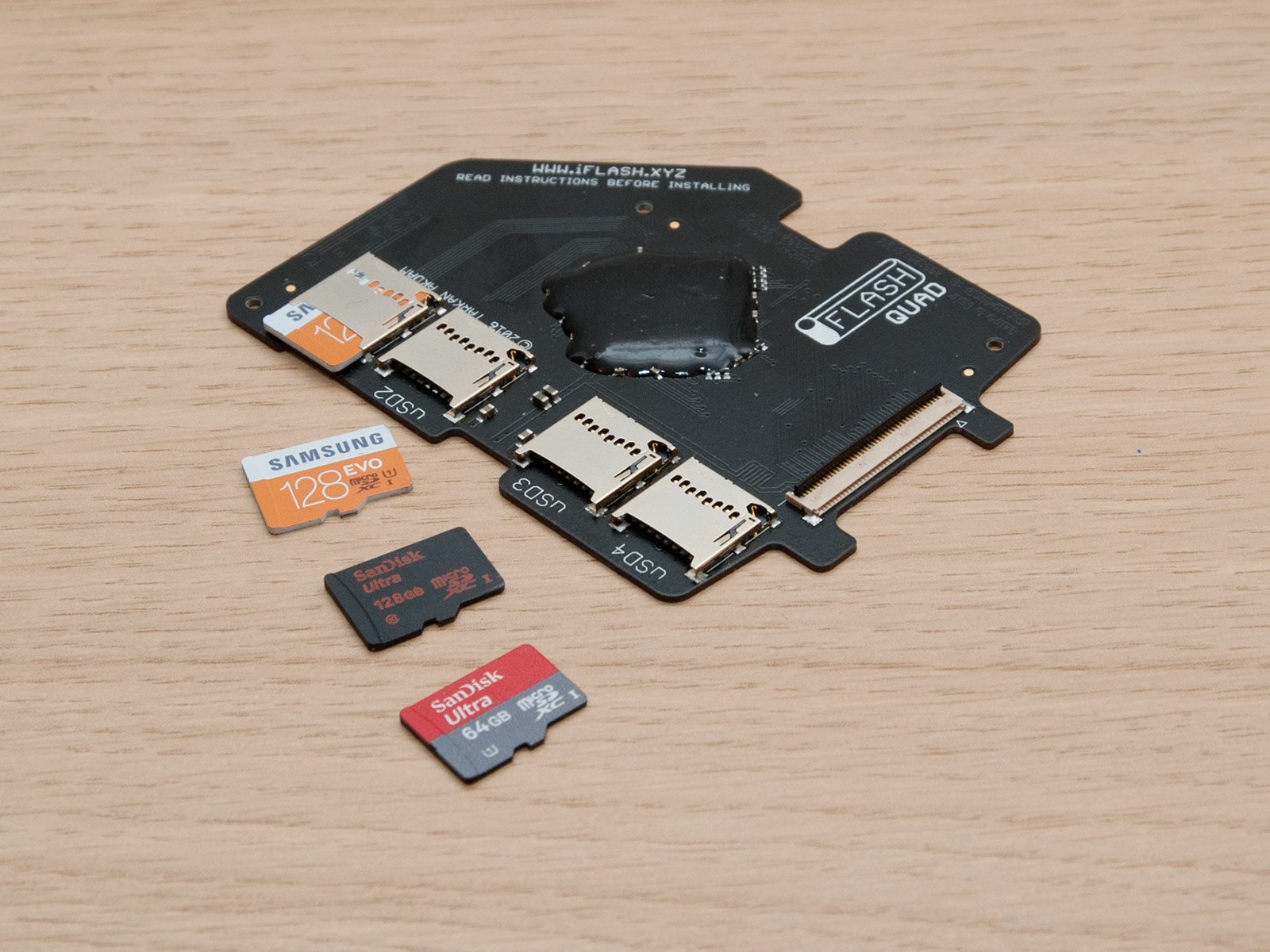

I replaced the HDD cable on my 6th Gen to see if that made a difference with the same results functions with the original HDD perfectly, same ,problem as below with the iFlash.
#Iflash mk2 adapter update#
Very late update to my previous post below (29 March), no idea why I didn’t think of this before. (All photographs courtesy of Rob Hardwick©, used with permission) I’d like to thank Rob Hardwick and Greg Upton for putting their Classic’s forward for testing!!! Various testing has demonstrated so far that if the CF card works with the iFlash in a iPod Video (5g) then it will probably work in the iPod Classic (6g). Thankfully the pricing is getting very attractive with the 32Gb A-Data approaching $100 (£50), and the other makes following suite. If you exclude the vaporware announced by Pretec and Microdia – 32Gb is still the maximum you can buy in the shops.
#Iflash mk2 adapter plus#
The iPod works so much better with solid state storage, the cover flow album art feature is smoother with no waiting for the hard drive to spin up – plus the benefit of having another 30-40% of battery life added to the already excellent run times is just great.īad news obviously is that CF cards have not climbed in capacity as hoped for. Not worth mentioning the 160Gb model here as that has plenty of room any way….

Physically the fit is perfect – the iFlash mk2 with its slimmer design is just the right thickness to go in to the slimmer design of the Classic (80gb model). If you are reading this looking at your recently deceased iPod Classic which you dropped and broke the hard drive on, well I have some good news the iFlash works and works very well. Like mk2 incorporates the sideways design and works well even with small breadboards.For the last few months I and a few iFlash users have been playing around with Apple’s new incarnation of the iPod – the 6g Classic, with its fancy new operating system and slimmer profile – we wanted to see if the iFlash would work and if Apple still left the back door open for the Compact Flash conversion of their headline media player. It works on the smaller breadboards.ĮSP8266 Flash Adapter mk2 The one we are going to build! It links the Chip Power to VCC and in the result saves us linking an extra jumper cable to the board. It orients the ESP8266 sideway, avoiding the issues with the cables.

It’s OK, but we can do much better and save some space on the breadboard.ĮSP8266 Flash Adapter mk1 The adapter solves the issues of the prototype, but it’s more complex to make. This solution would work on the bigger breadboards well. The solution was to use some flat jumper wires. The ESP8266 size prevents the jumper cables being linked directly, as the board obstructs part of the breadboard. You will find additional pictures on my website: ĮSP8266 Flash Adapter prototype v1.0 It’s the easiest to make, but it needs an extra wire. The Flash Adapter mk2 will save your time! You will need few cents of spare materials and about 1h of your time. If you are into WIFI and IoT projects, you have crossed the ESP8266 name before! If you own more than one, you probably hate the connecting wires stage required to flash the bug fix in the prototyping stage.


 0 kommentar(er)
0 kommentar(er)
